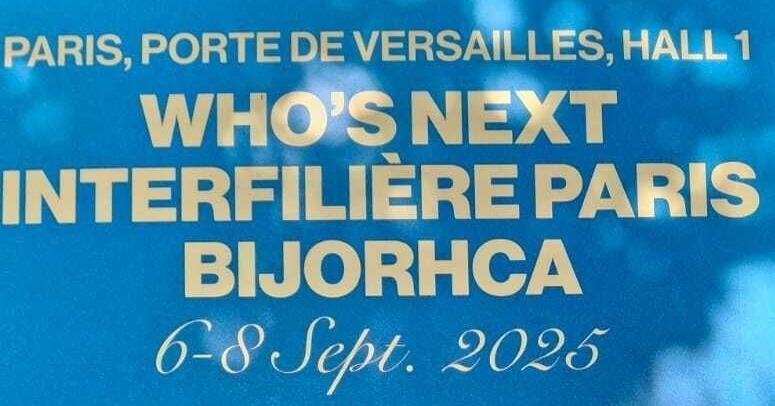MICAM and MIPEL: What Happened and effects on Buyers and Brands
The rescheduling of MICAM and MIPEL (footwear and leather goods industry) to early September has had a clear impact on the fashion system. This is not a political judgment. It is a practical observation based on what happened on the ground.
The reasons are only partially known, but public sources indicate that the main cause was the need to coordinate with the Cortina Olympics. Whatever the reason, the domino effect was immediate, because these fairs do not operate in isolation. They are a central pivot for many other events in the supply chain.
Extended Impact Beyond the Two Fairs
The calendar change inevitably affected:
-
Lineapelle
-
Homi Fashion and Jewels
-
Milan Fashion Week
-
White Show
-
All connected satellite events
This is not about assigning blame. It is about acknowledging that a decision involving two central trade shows inevitably produces ripple effects across the entire organizational structure of the sector.
The real issue is not why the choice was made, but how it influenced the practical work of brands, buyers, and operators.
The Critical Point: Managing International Buyers' Timing
This is not about a clash between Milan and Paris, nor a direct comparison with Who’s Next, which happened during the same days (give or take) as the Italian fairs.
The problem is much simpler and much more concrete: buyers' logistics.
Asking an international buyer to travel to Italy twice within a few weeks, between:
-
MICAM and MIPEL in early September
-
Milan Fashion Week in late September
makes everything significantly more complicated.
Schedules overlap, travel budgets are not unlimited, and the timing of sales campaigns becomes difficult to manage.
For this reason, many buyers had to make choices, often at the expense of one of the two appointments.
If we then add Who’s Next, which has always been scheduled during those dates, the result was a fragmented visitor flow, not due to competition among events, but to pure operational dynamics.
The Numbers Do Not Lie: Lower Traffic and Quieter Halls
Public data shows a drop in attendance, in some cases even halved.
Feedback gathered during the fairs confirms a more subdued atmosphere, especially in the premium segment and in Pavilion 5, where traffic was noticeably lower.
This is not about fault.
It is about understanding that the calendar directly influences the work and energy of exhibitions.
Reduced Exhibitor Offering: A Signal Not to Be Underestimated
In terms of content, this year's edition showed:
-
few real novelties
-
many already known brands
-
smaller booth spaces for several Italian exhibitors
These elements paint a clear picture of a phase the sector is well aware of: a complex moment for many companies, which bring to the fair only what they can sustain in terms of cost and resources.
Inside Mipel, there was also a significant presence of Asian contract manufacturers, especially Chinese ones. This is not negative in itself, particularly in an international context. However, it surprised those who expected a selection more focused on the value of finished products.
For those, like me, who also work with international partners, it was an opportunity to discover new realities. Still, the choice stands out and raises questions about the positioning of these fairs in relation to their historical mission.
A Lesson for the Future: The Calendar Is Not a Detail
The trade fair calendar is not a formality. It is a strategic component of a company's commercial work. Changing a date means changing the commercial rhythm of hundreds of brands and the schedules of thousands of buyers.
The Italian season remains a global reference point, but today more than ever, decisions need to be calibrated, coordinated, and designed to support the work of the entire supply chain.
Fairs succeed when they support those who produce, those who buy, and those who distribute.
In 2025, the calendar complicated things more than it helped. Understanding its causes and effects is essential to avoid repeating the same situation.
Takeaway
-
The new timing of MICAM and MIPEL created operational complexity more than competition between fairs.
-
Buyers were forced to choose where to go, as traveling to Milan twice within a few weeks is not sustainable for everyone.
-
Attendance decreased, and many halls suffered from lower traffic.
-
The exhibitor offer was more limited, with clear indicators of market difficulties.
-
Better coordinated calendar planning could prevent similar issues in future editions.



